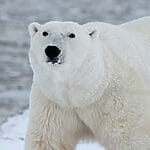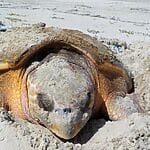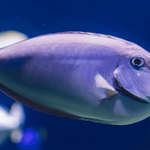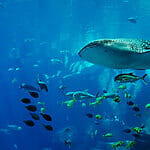The depths of the Southern Ocean are an incredible haven, home to some of the most curious and fascinating creatures on our planet.
To save you from having to dive into the depths of the water, we have put together everything you need to know about some of the amazing animals that call the Southern Ocean home, as well as some incredible information about these creatures!
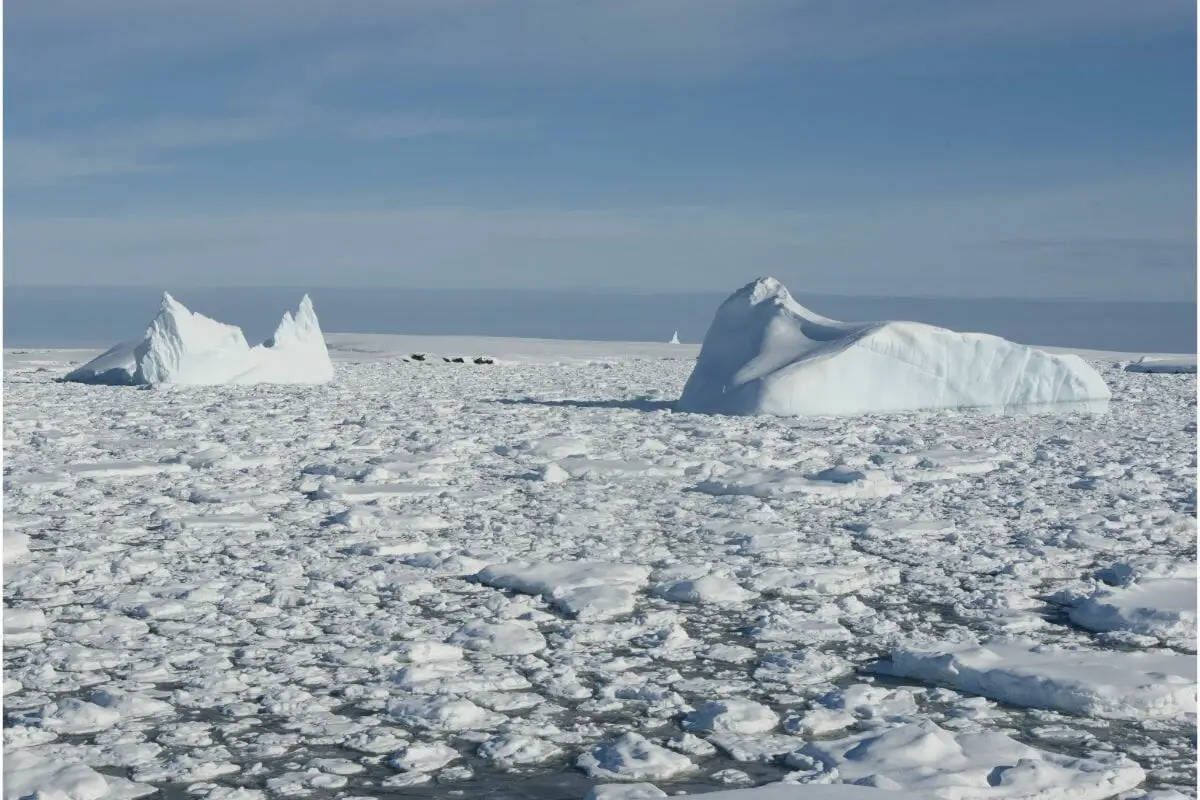
Animals that live in the Southern Ocean include:
Adelie Penguin
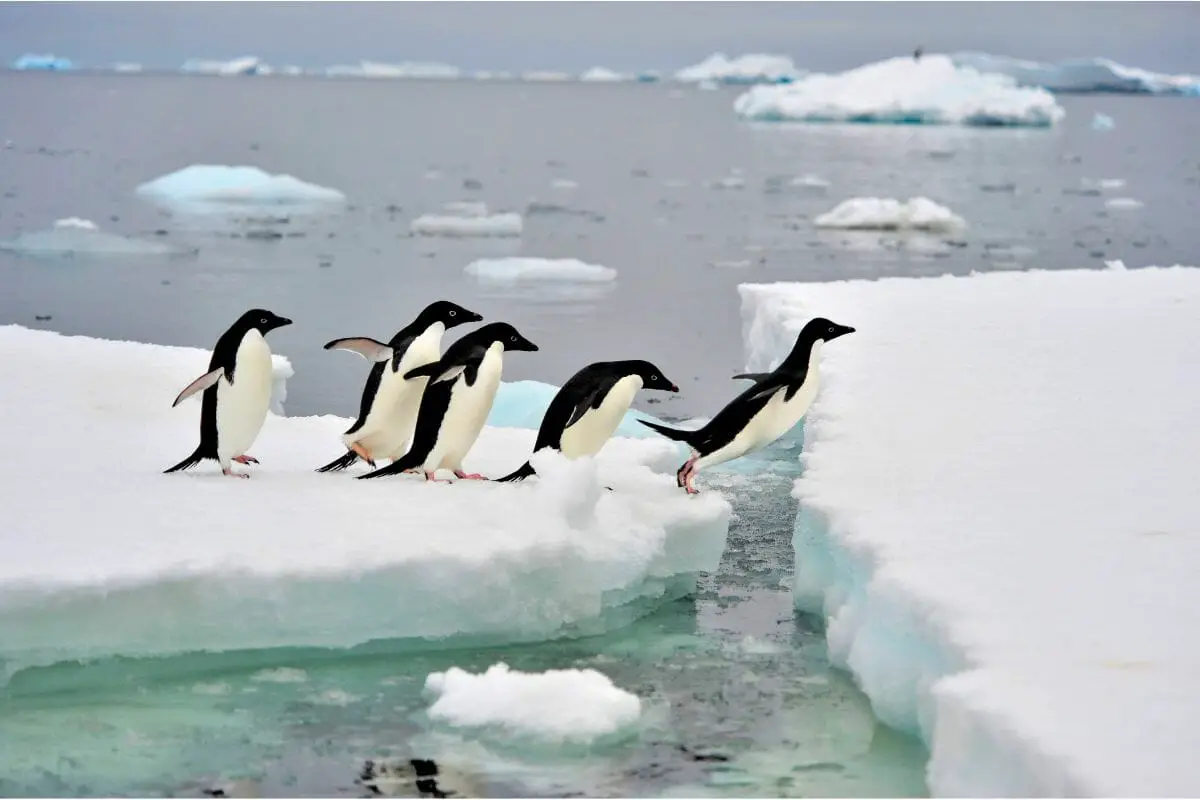
Perhaps one of the best-known creatures to call the Southern Ocean home is the Adelie Penguin.
These penguins can be found all around Antarctica (Also check out Animals That Live In Antarctica), but they prefer to stay close to land. They spend their time diving for food, resting, and breeding.
Albatross
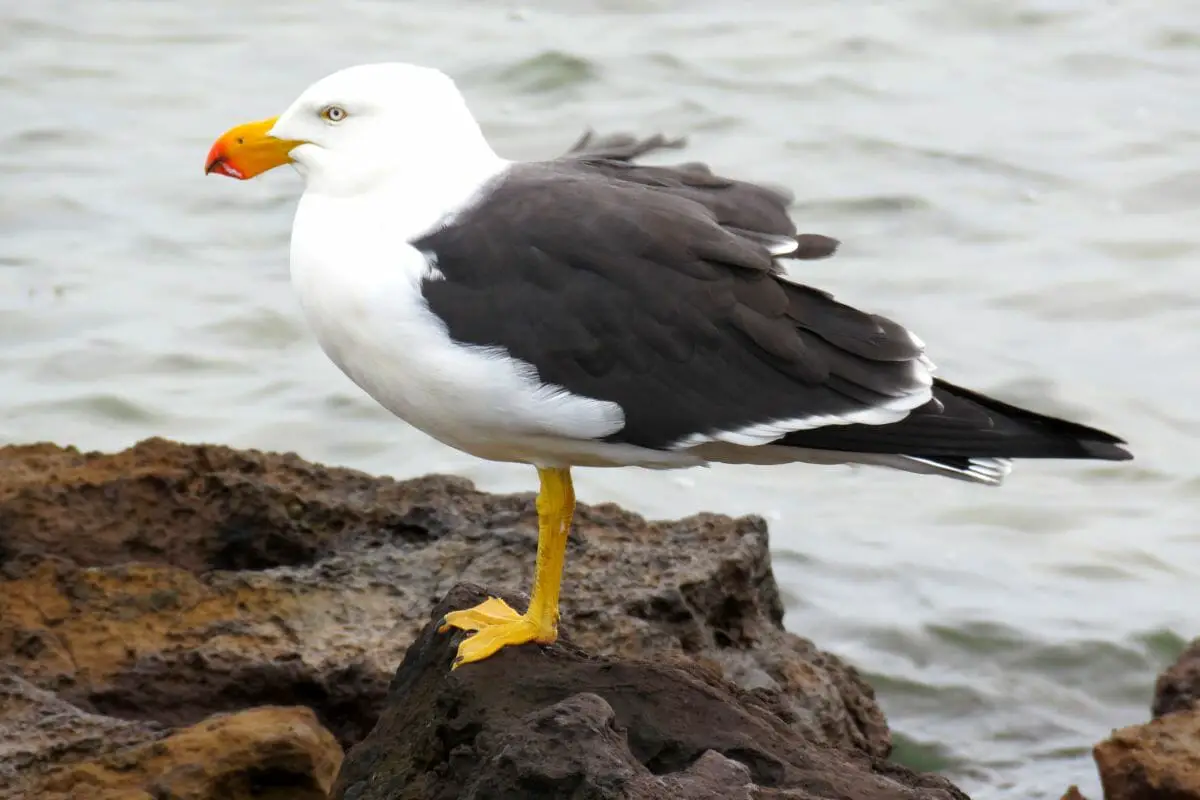
The Albatross family includes many different species, and one of the more common types found in the Southern Ocean is the Wandering Albatross.
This is a large bird, growing up to 3 feet long, with black feathers and white underneath, and the primary diet of these creatures consists mainly of fish, squid, and krill.
Killer Whale
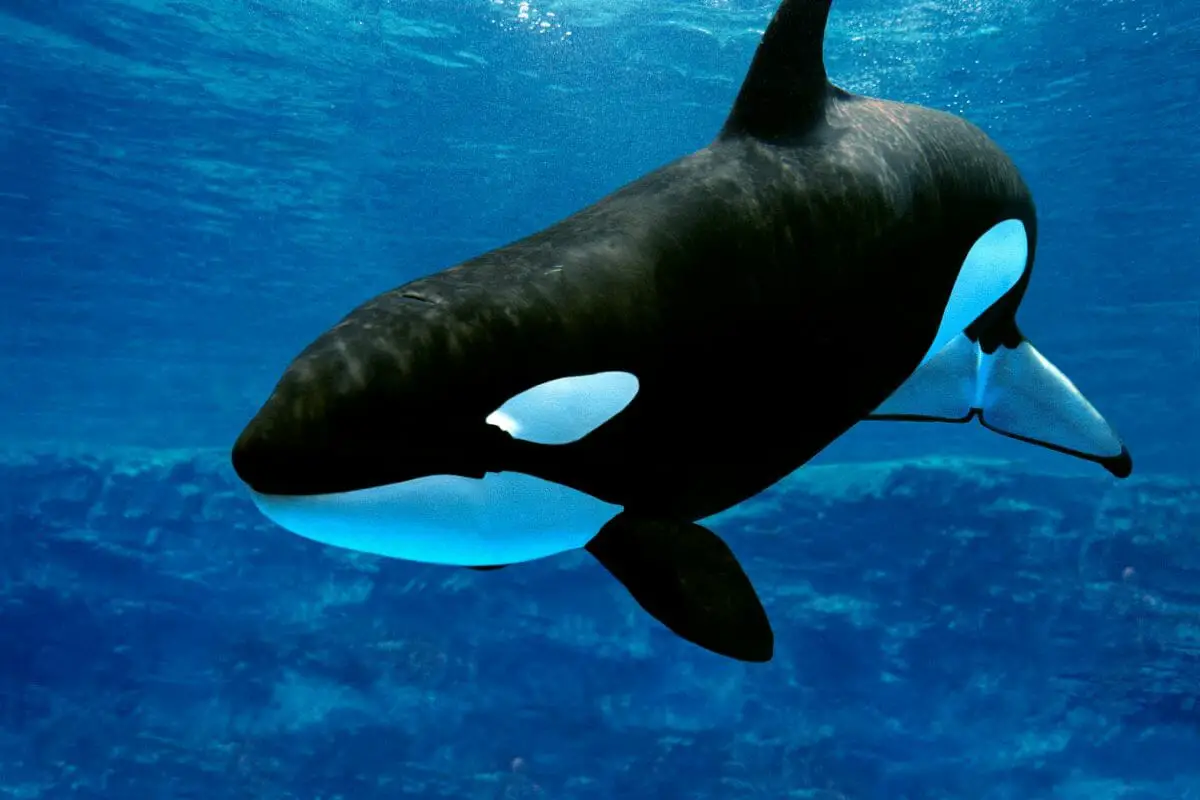
The Killer whale is another creature that lives in the waters of the Southern Ocean, and this is a formidable foe with no animal predators, essentially securing the killer whale as the king of the oceans in this region.
These creatures have teeth that can grow up to 4 inches in length, can dive and swim from birth, and consume up to 300 pounds of food each day – a truly impressive appetite!
Seals

Seals are another key resident of these waters, and these are intelligent, sociable creatures who communicate with others in their groups through distinctive grunts and noises.
There are over 30 species of seal found across the world, and many of them can be discovered in the waves of the Southern Ocean.
Sharks
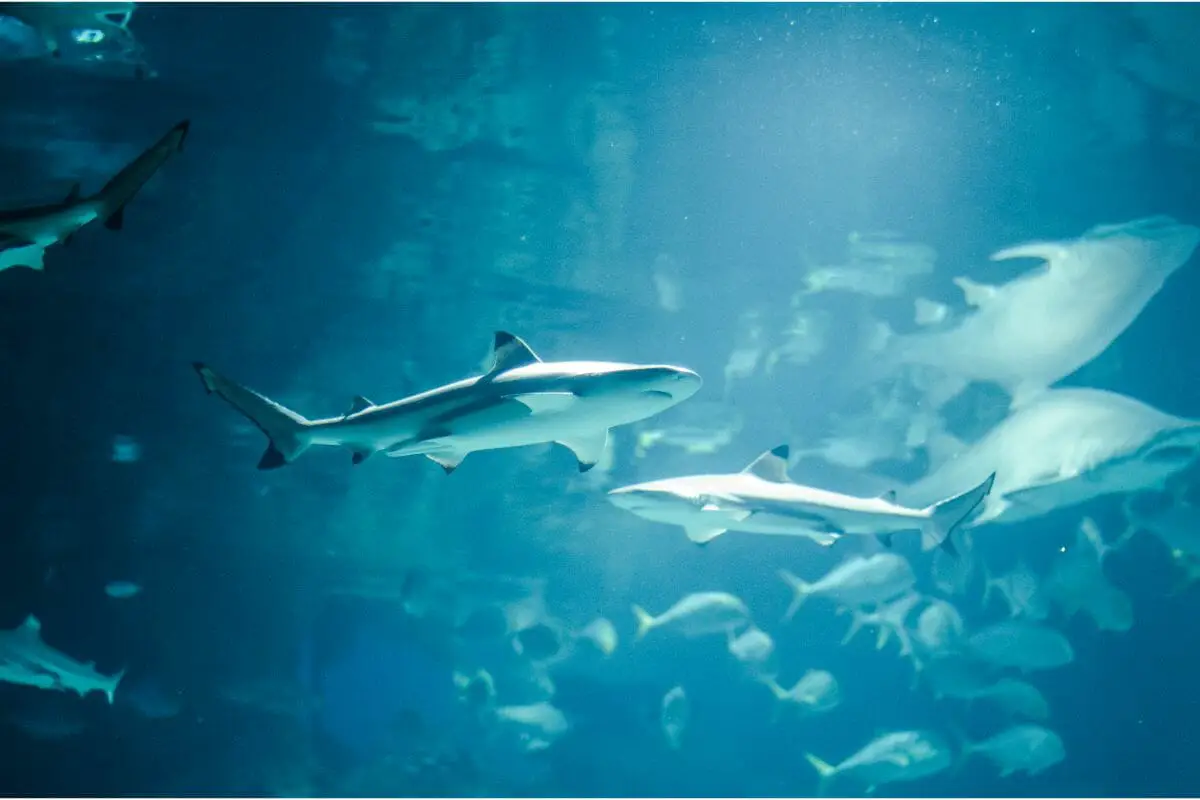
While many of us tend to associate sharks with warmer waters, many also find their home in the Southern Ocean, and this is a species that has learned to adapt in recent years – they are now found in regions all over the world, and the variety includes deep water as well as shallow coastal regions.
In some cases, species may also be found right down on the ocean floor, or in the open space of the ocean.
Squid
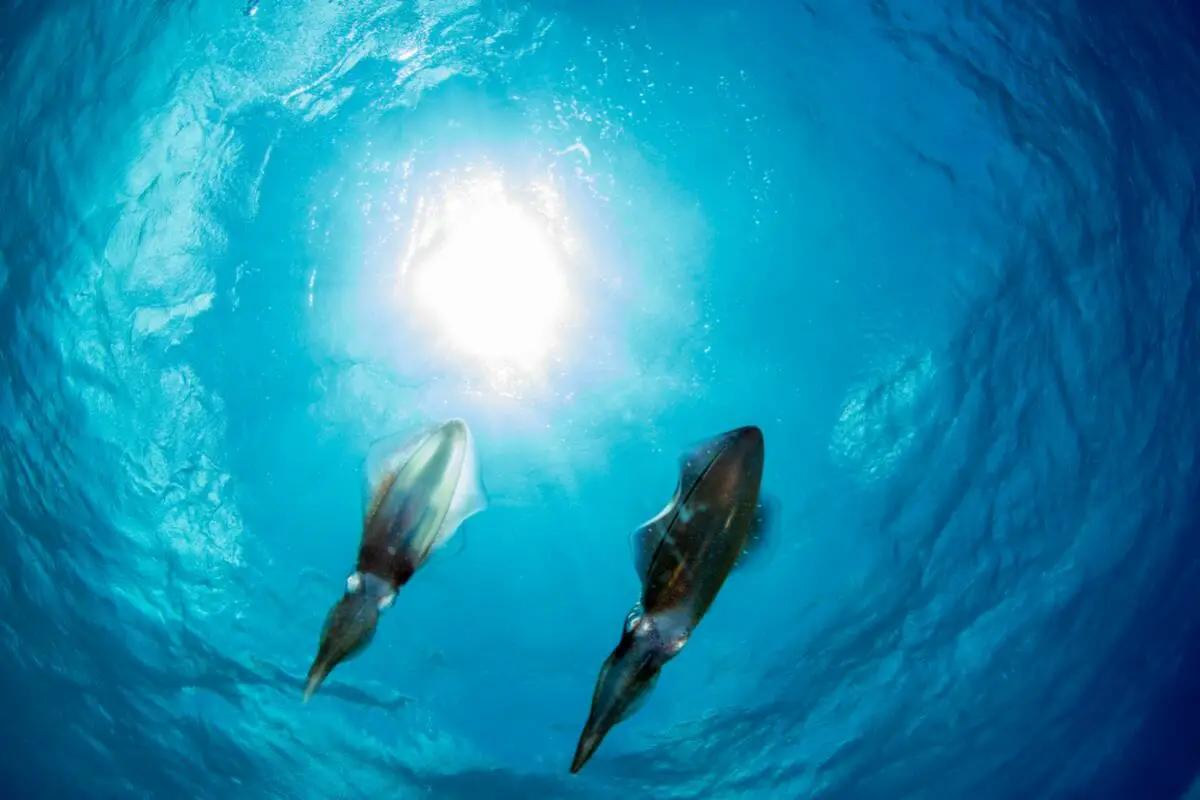
Squid are another animal with a huge range – there are over 300 different species of squid found across the world, and this includes the icy waters of the Southern Ocean.
Their diet is also varied, consisting of fish, krill, and other tiny animals – in some cases, squid have even been known to eat one another when food is short.
Many observers tend to compare squid with a similar creature, the octopus, but the two are actually entirely different animals.
Turtles
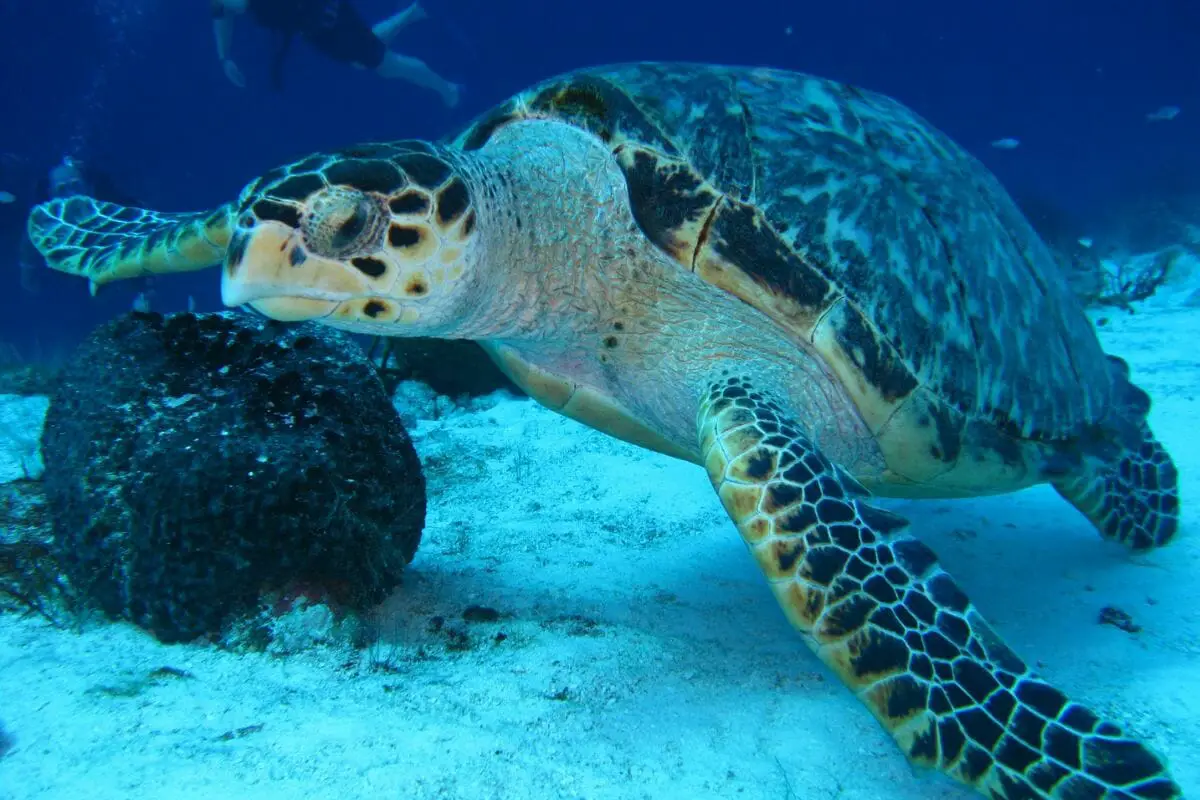
Turtles are also another animal commonly found in the Southern Ocean, and these are animals with a huge variety in terms of size, weight, and dimensions, with the largest recorded measurement exceeding 2000 pounds!
The color of a turtle is largely determined by the location in which they live, allowing you to identify animals that come from this region quickly and easily.
Snails

They may not seem the most exciting of animals, but snails are found across the Southern Ocean and are a crucial part of many ecosystems and wider environments.
They are tough creatures and can withstand harsh winters by using their fat reserves to survive.
When exposed to freezing temperatures, they will hibernate to allow their soft bodies to remain protected – a process known as estivation.
This process is achieved through digging a small hole in the ground, and then retreating into their shell inside the hole, and then sealing off the entrance, keeping themselves safe from predators and reducing the risk of freezing.
Certain aquatic snails have also adapted to ocean life thanks to a natural adhesive that allows them to stick more easily to rocks, and which reduces the risk of the animal being carried away.
In addition, many sea snails are equipped with gills for underwater breathing, and others still have small breathing tubes, allowing them to reach above the surface of the water and breathe easily.
There are three main classifications of snails, and the first of these tends to be the land snails – the best-known type of snail, and the one most likely to interact with humans.
Freshwater snails are a second large classification, and, as the name suggests, these mainly live in streams, lakes, and rivers (Check out Animals That Live In Rivers). Sea snails are rare and not often seen, as they tend to be elusive and located in remote or inaccessible areas.
Sponge

Another fascinating and unusual creature that lives in this habitat is the sponge, and there are a huge number of variants in this creature.
Unlike the majority of animals, sponges benefit from an open circulatory system, and this means that they are entirely reliant on the movement of water in order to survive and move.
The currents of the ocean push through the open pores of the animal, as well as the internal channels responsible for functions such as waste removal, feeding, and respiration.
Sponges are slow movers, and fairly elusive; spotting one requires patience and the ability to watch and wait, and these are animals that prefer to take their time when possible.
Sleeper Shark
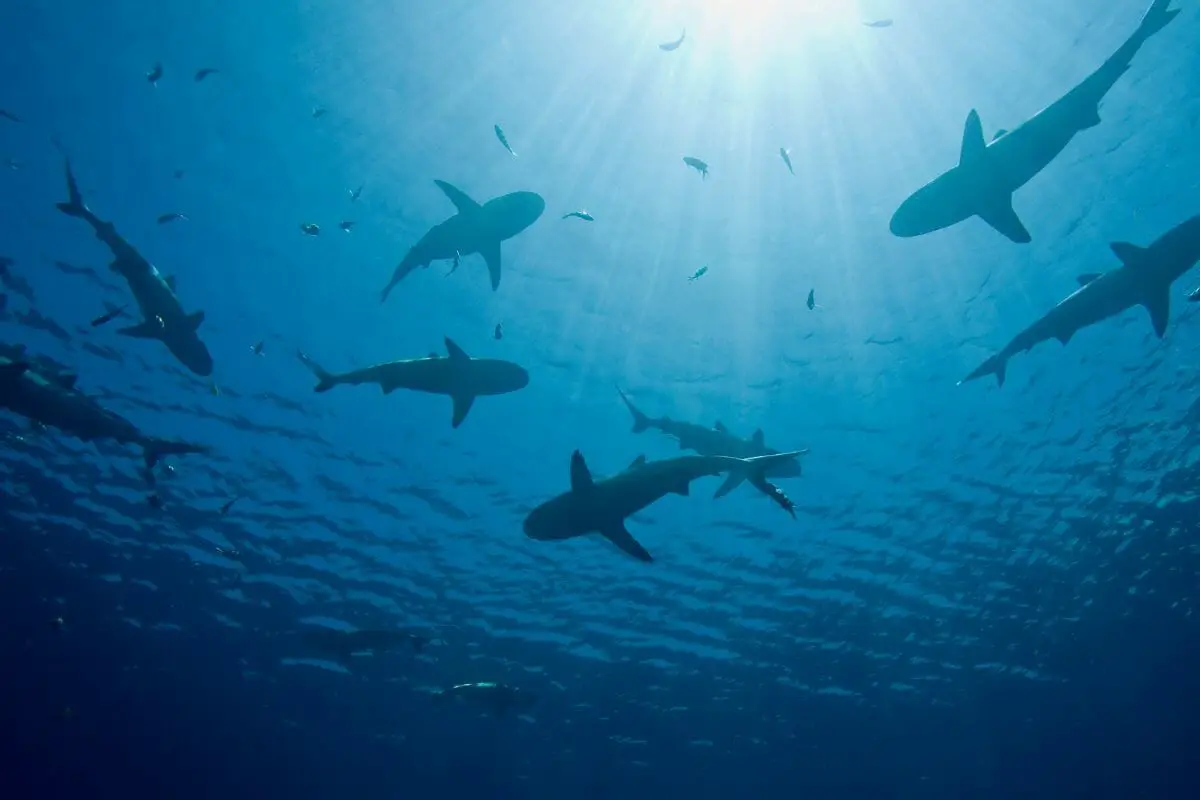
One of the longest living vertebrates in the world, the sleeper shark is another common sight in the Southern waters.
These remarkable animals have an incredible antifreeze protein within their bodies, and this makes it possible for them to survive the coldest temperatures with ease, making the Southern Ocean a great location for them to thrive.
Some species can dive depths of up to 12,000 feet with ease, and most tend to spend their days deep underwater, coming closer to the surface at night – this makes them trickier to spot.
Final Thoughts
The Southern Ocean is a real paradise for a range of incredible animals, and the ones we have seen are just the tip of the iceberg in the frozen tundra!
- What Should I Do If A Koala Bites Me? Safety Guide - 2024-05-30
- Are Kangaroos Born Without Hind Legs? A Fascinating Journey - 2024-05-30
- Animals That Look Like Squirrels - 2024-05-30



